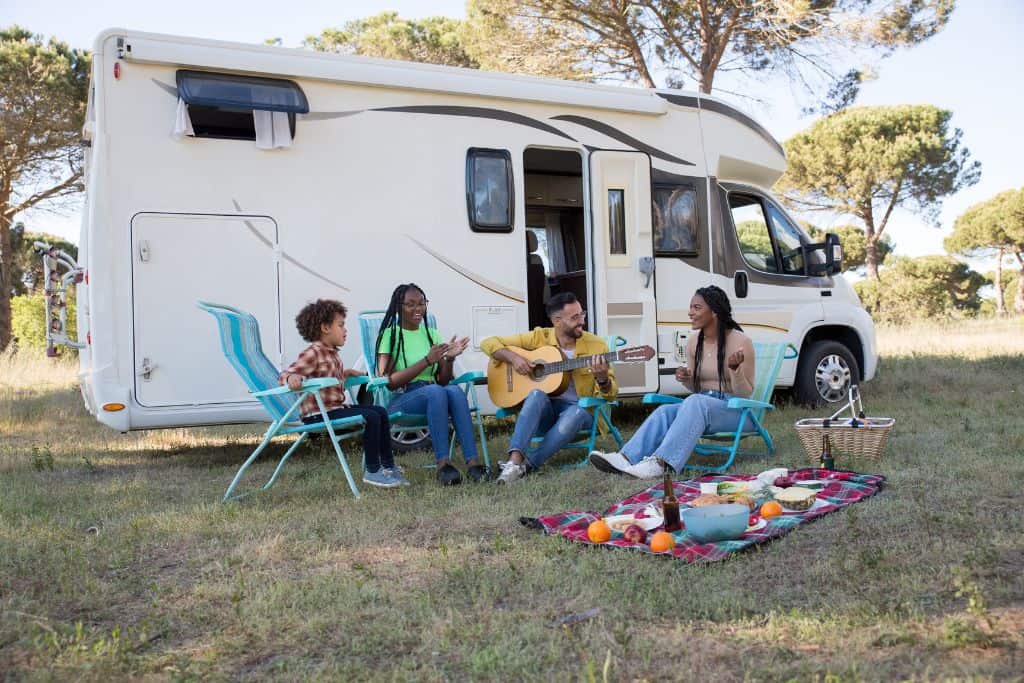Your Ultimate Guide to Buying a New RV Online: Tips & Pitfalls
Buying an RV has always been about freedom—the freedom to explore, travel, and live life on your own terms. But as online shopping continues to dominate every industry, even RV buyers are turning to the internet to find their next adventure vehicle. Purchasing a new RV online can be an incredibly rewarding experience—offering access to a wider selection, transparent pricing, and convenient browsing from home. However, it also comes with challenges that every buyer should understand before signing a digital contract.
In this guide, we’ll walk you through the key tips, strategies, and pitfalls of buying a new RV online—so you can make a confident, informed decision that matches your travel goals and budget.
1. Why More People Are Buying RVs Online
In the past, purchasing an RV meant visiting multiple dealerships, comparing models in person, and negotiating prices face-to-face. While that experience still appeals to some, the rise of digital RV marketplaces has changed how buyers shop.
Online RV buying offers several advantages:
- Convenience: Browse hundreds of models from your couch, filtering by size, features, or price.
- Access to Nationwide Inventory: Local dealerships may have limited options, but online platforms connect you to inventory across the country.
- Transparent Pricing: Many reputable RV sellers post detailed specs, high-resolution images, and upfront pricing online, helping buyers avoid surprise costs.
- Financing Flexibility: You can compare financing options and apply directly online, saving time and paperwork.
Dealerships like Link RV Center Minong have embraced this digital shift, combining local expertise with online convenience. They help customers compare RV models, get accurate pricing, and arrange delivery or pickup—streamlining the process without sacrificing service.
2. How to Choose the Right RV Online
Before clicking “Buy,” take the time to understand what kind of RV best suits your lifestyle. Online listings can be overwhelming, so focus on specific needs rather than appearances.
Here’s what to consider:
a. Type of RV
From Class A motorhomes to travel trailers and fifth wheels, each category serves a different purpose. Full-time travelers may prefer larger models with home-like amenities, while weekend campers might value compact, towable units.
b. Floor Plan & Layout
Photos can be deceiving. Study floor plans carefully—look for usable space, storage options, and sleeping arrangements. Many dealerships now offer 360° virtual tours so you can “walk through” before visiting in person.
c. Weight and Towing Capacity
If you’re considering a towable RV, check your vehicle’s towing capacity. Overlooking this detail can lead to performance issues or safety risks down the road.
d. Manufacturer Reputation
Stick with established brands known for reliability, such as Jayco, Forest River, or Keystone. Read reviews and check warranty details to ensure long-term support.
3. The Online Buying Process: Step-by-Step
Once you’ve narrowed down your options, follow a structured process to make your online RV purchase smooth and secure.
Step 1: Research Reputable Dealers
Avoid private sellers or unverified websites. Instead, buy from authorized dealers with clear contact information, online reviews, and transparent sales policies. Reputable sellers—like Link RV Center Minong—provide detailed listings, manufacturer certifications, and trusted after-sales support.
Step 2: Compare and Request Virtual Tours
Ask for video walkthroughs or live tours via video call. This helps verify condition, features, and finishes before you commit.
Step 3: Check for Warranties and Service Options
A solid warranty can save thousands in repair costs. Confirm whether your RV includes manufacturer or dealership warranties, and review what’s covered.
Step 4: Understand the Payment and Delivery Process
Reputable dealerships provide secure payment portals and written contracts. Clarify delivery terms—some dealers deliver nationwide, while others require in-person pickup.
4. Common Pitfalls to Avoid
Buying an RV online can be convenient, but it’s not without risks. Keep these pitfalls in mind:
Falling for Unrealistic Prices
If a deal seems “too good to be true,” it probably is. Scammers often use low prices to attract buyers, only to disappear after receiving deposits. Always verify the dealer’s credentials before making payments.
Skipping the Inspection
Even new RVs can have factory issues. Request a pre-delivery inspection (PDI) to ensure all systems—plumbing, electrical, HVAC, and appliances—work correctly.
Overlooking Additional Costs
Taxes, delivery fees, registration, and insurance can quickly add up. Ask for a complete cost breakdown to avoid surprises later.
Not Reviewing the Return Policy
Understand what happens if the RV arrives damaged or doesn’t match the description. A reputable dealer will have clear policies for returns or warranty claims.
5. The Smart Buyer’s Checklist
Before finalizing your purchase, use this quick checklist:
Verify dealership licensing and online reviews.
Request a written purchase agreement.
Confirm warranty coverage and service centers near you.
Inspect the RV in person or via video before paying.
Review total costs, including delivery and taxes.
Get insurance quotes before finalizing.
By taking these extra steps, you’ll safeguard your investment and ensure your RV purchase is as smooth as the open road.
Conclusion
Buying a new RV online doesn’t have to feel risky—it just requires knowledge, caution, and trusted partnerships. When you shop through credible dealerships like Link RV Center Minong, you gain the best of both worlds: digital convenience and professional reliability.
Keep an eye for more latest news & updates on Zerodevicenet!






